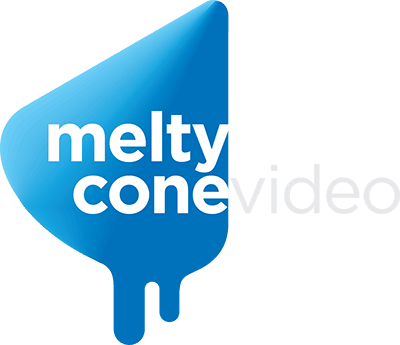It came, it saw, but, it failed to conquer. Yes. We’re talking about 3D entertainment. Since its resurgence in the 80s and also, just a few years back, a lot has been said about the future of 3D. However, it is clear now that 3D has failed to offer itself as a real solution. The average viewer has not embraced it as much as what the proponents of this technology would have expected them to.
Of course, there was a short-lived honeymoon period, but, that’s all in the past. Now, 3D content is being produced just for the heck of it. At best, it might have opened up a few more avenues in terms of revenue generation for the entertainment industry.
However, one should not misunderstand the effect of 3D when it’s done the right way. In a hyper immersive context, 3D can be quite thrilling and enjoyable. But, for now, it fails to act as a real differentiator with regard to content design on a large scale.
So, what’s the next big game changer for video based content? You might think it's 4K or 8K, but, the future actually lies in 360 degree virtual reality. It’s an interesting platform. Melty Cone is a VR video production company in NYC.
What is 360 VR?
360 VR refers to videos that provide a spherical or 360 degree view of the environment. This is achieved by recording every possible angle using a camera. Apart from that, 360 VR also allows viewers to interact with the content they are viewing. These videos can be viewed on browsers such as Firefox, Opera, and Chrome.
The various angles can be viewed by navigating with a mouse. On a smartphone, the viewing experience is much smoother, as all it requires is the viewer to move the phone.
The experience can be enhanced further by using a cardboard viewer that provides an interactive 3D perspective.
Creating a 360 video is not too hard. All you need is a 360 camera and the 360 software to go with it. The 360 camera comes with special lenses that cover the various angles. It can also be done by recording with multiple cameras, configured in a cube like formation. However, that’s a much more complex process.
One key skill to master is to change the way videos are shot. 360 cameras record every angle possible, which might take time to learn and get used to. Also, everything is seen, so, the placement of props or prompters needs to be well thought out.
360 VR is currently compatible with immersive Virtual Reality gear from brands such as Oculus VR or Samsung and it’s also a great step forward for online video content.
For example, companies such as the Marriot Group of Hotels have used Samsung’s VR technology to market themselves. They have created what is known as a “VR Postcard”, through which, potential customers can enjoy an immersive experience, learning about multiple tourist and holiday locations across the globe, right from the confines of their hotel room. It’s a creative idea, no doubt and also, quite effective.
In fact, 360 videos are already being used on social media platforms such as Facebook and YouTube by several companies. Actually, YouTube announced its compatibility with 360 VR in early 2015. So, you could say that VR content isn’t all that new.
The possibilities, in terms of video marketing, are almost endless with 360 VR. However, there is always one core component that modern technology has to get right if it wants to dominate the entertainment platform – storytelling. A new method of production doesn’t always mean adoption.
360 VR can offer a much larger canvas for content developers to work with. The content might find itself on a linear route, like always, but, can it satisfy the viewer’s sense of curiosity and investigation? Well, it seems like 360 VR can. Melty Cone is a 360 video production company in NYC.
A VR immersive experience can definitely keep the viewer engaged, especially if you want the viewer to explore more details within the story.
Humans, by nature, are willing to learn and are inquisitive. So, developing 360 VR content within an immersive environment can open up various avenues for businesses and brands. 3D wasn’t a distributable solution. However, VR works across a multiple range of platforms and the pricing options make it perfect for boosting viewer engagement.
A perfect example
A good example of how 360 VR can be great for marketing was seen with the 360 VR experience film, Star Wars 360 – Force Awakens. This film gave the viewers a chance to explore the Star Wars universe from a fresh perspective that was beyond the trailers and the movies.
Just think about it. By letting viewers take a linear journey through your content, where they have the option of discovering data, they are bound to keep coming back for more. They are going to keep looking for more because that’s what humans do. It’s just the spirit of discovery working within us.
They are engaging with the whole experience and by exploring your content, they are also engaging with your brand.
Though 360 VR is still in its stage of infancy, there is no doubt that businesses and brands can make the most of it. By harnessing their creativity and storytelling abilities, marketers and content creators can use the new engagement format to wow their audience. Melty Cone is a virtual reality video production company in NYC.
What is Melty Cone? Melty Cone is a full-service video production company in NYC. We make videos from start to finish; from creative idea conception to final video delivery.


